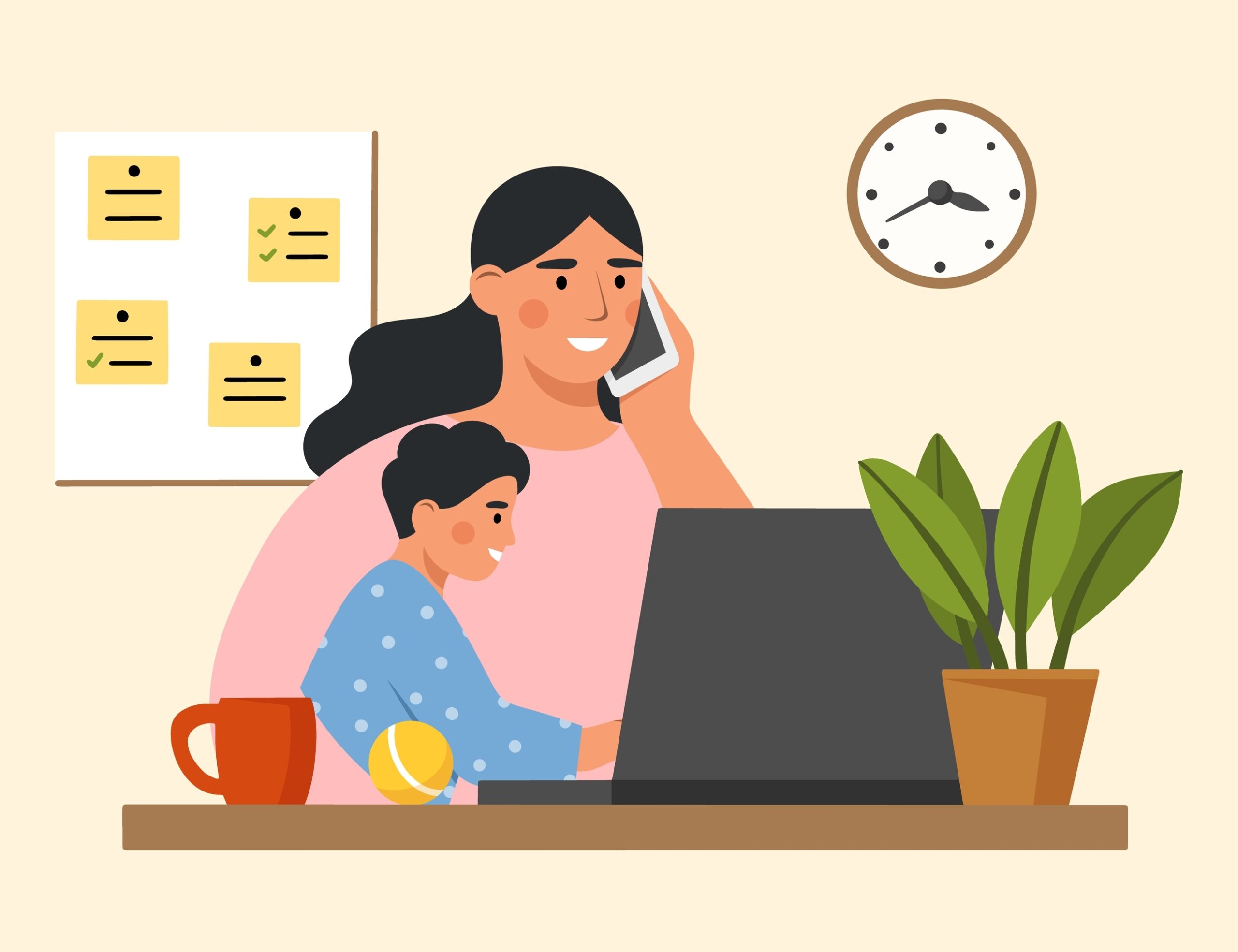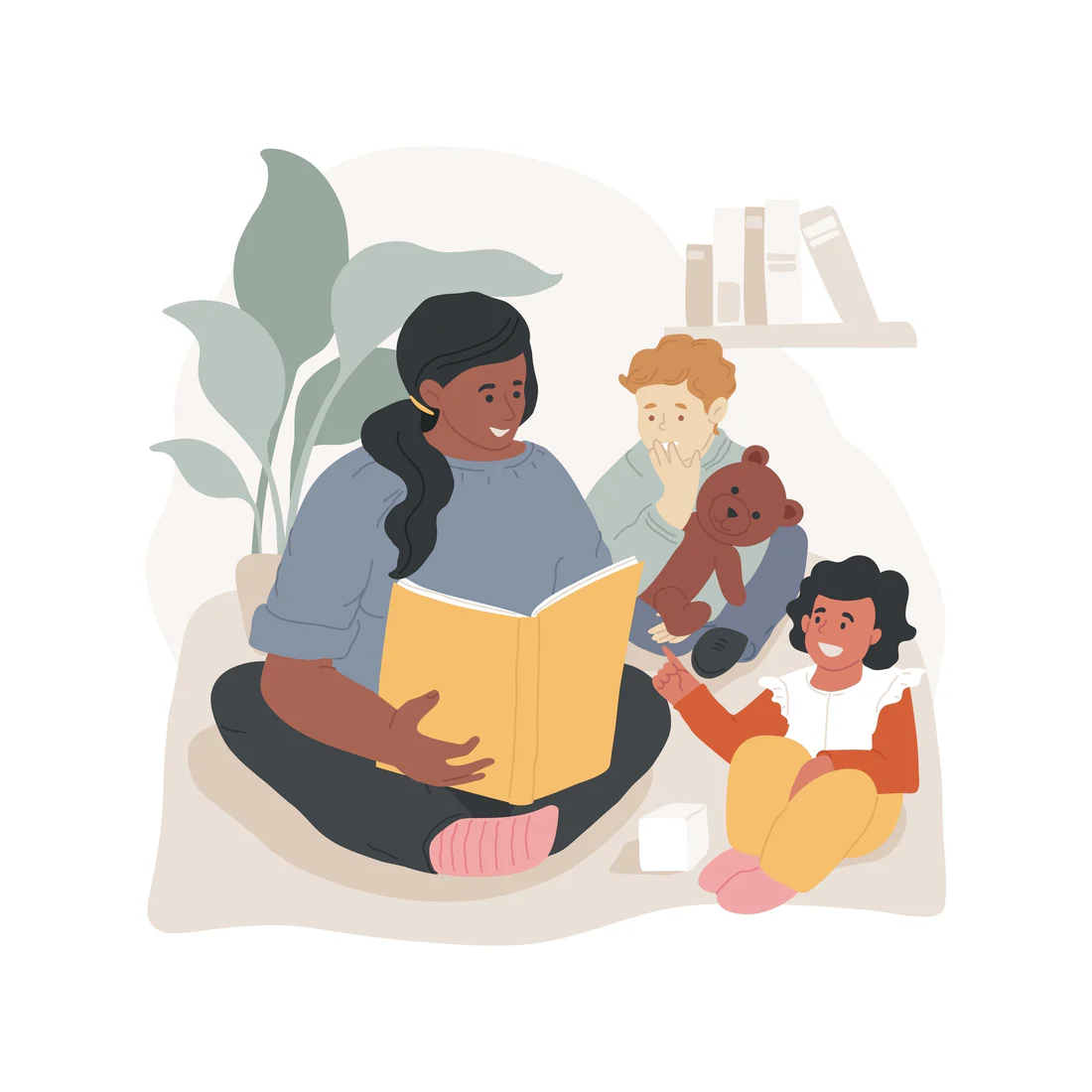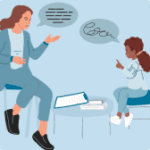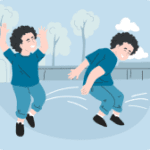Visual Processing Disorder (VPD)
What is Visual Processing Disorder?
Visual Processing Disorder (VPD) refers to a condition where an individual has difficulty interpreting and making sense of visual information, including letters, numbers, and images. This disorder does not stem from problems with eyesight or eye health but rather from issues in the brain’s ability to process and understand the visual stimuli it receives. Individuals with VPD may struggle to recognise shapes, read text, or follow visual instructions, which can significantly impact their academic performance and daily activities.
How can parents support their child with Visual Processing Disorder at home?
Parents can support their child with Visual Processing Disorder by creating a structured and visually organized learning environment that minimizes distractions. Using tools such as highlighters to emphasize important information can help in processing visual content. Incorporating multi-sensory activities, such as building with blocks or engaging in art projects, can further reinforce visual concepts. Additionally, having open discussions about the child’s challenges can foster understanding and encourage strategies for tackling visual tasks.
What accommodations are available for students with Visual Processing Disorder in school?
Students with Visual Processing Disorder may benefit from various accommodations in school, such as providing printed materials with larger fonts or simplified layouts. Teachers might use color coding to help distinguish different types of information and allow extra time for reading and processing tasks. Providing oral instructions alongside written ones can also assist students in understanding assignments more effectively. Individualized education programs (IEPs) can tailor these accommodations specifically to the student’s needs.
Can Visual Processing Disorder co-occur with other conditions?
Yes, Visual Processing Disorder can co-occur with several other conditions, including dyslexia, attention deficit hyperactivity disorder (ADHD), and other learning disabilities. These overlapping conditions can complicate the individual’s challenges in learning and may require a comprehensive approach when developing strategies for effective support and intervention.
What resources are available to assist children with Visual Processing Disorder?
Various resources are available to support children with Visual Processing Disorder, including educational software that focuses on visual skills and targeted exercises designed to improve visual perception. Occupational therapy can help develop visual-motor skills, while specialized tutoring may assist with reading and comprehension. Additionally, workshops and informational sessions for parents and educators can provide valuable strategies and insights into supporting students with VPD.
How can teachers identify students who may have Visual Processing Disorder?
Teachers can identify potential Visual Processing Disorder in students by observing difficulties in reading comprehension, trouble with following visual instructions, and challenges in completing tasks that involve visual discrimination, such as distinguishing between similar letters or shapes. Regular assessments and communication with parents regarding the child’s learning behavior can further aid in the identification process.
What impact does Visual Processing Disorder have on social interactions?
Visual Processing Disorder can affect social interactions by creating challenges in interpreting non-verbal cues such as facial expressions or body language. As a result, children with VPD may struggle to engage in group activities or make connections with peers. These difficulties can lead to feelings of frustration or social withdrawal, which may impact their overall confidence and sense of belonging.
Are there specific therapies that can assist individuals with Visual Processing Disorder?
Yes, a variety of therapies can help individuals with Visual Processing Disorder. Occupational therapy is often beneficial, focusing on activities and exercises designed to improve visual processing and motor coordination. Vision therapy, which includes eye exercises and activities, may also assist in enhancing visual skills. Additionally, specialized tutoring that targets reading strategies and comprehension can provide crucial support.
Can lifestyle changes help manage the symptoms of Visual Processing Disorder?
Certainly. Implementing lifestyle changes such as creating an organized and visually simplified study area can significantly help manage symptoms of Visual Processing Disorder. Encouraging regular breaks during visually intensive tasks can prevent overwhelming feelings. Utilizing visual aids like charts and diagrams can enhance understanding and retention of visual information, while promoting exposure to varied learning methods can help cater to the child’s unique processing style.
What role do educators play in supporting students with Visual Processing Disorder?
Educators play a pivotal role in supporting students with Visual Processing Disorder by creating an inclusive and understanding classroom environment. This involves implementing appropriate accommodations, adapting teaching techniques, and providing additional resources. Educators can also foster collaboration among families and specialists to ensure a comprehensive support system for the student, ultimately promoting their confidence and academic success.
How can parents advocate for their child with Visual Processing Disorder?
Parents can advocate for their child with Visual Processing Disorder by being informed about the condition and its implications for learning. This involves understanding their child’s rights under educational laws, such as the IDEA (Individuals with Disabilities Education Act), which ensures appropriate educational support. Open communication with teachers and school administrators is crucial; parents should express their child’s specific needs and seek collaborative solutions, such as regular meetings to discuss progress and adjustments to accommodations. Additionally, connecting with support groups or organizations focused on learning disabilities can provide valuable resources and guidance in advocating for effective support.
Are there specific warning signs of Visual Processing Disorder that parents should look for?
Yes, parents should be mindful of several warning signs that may indicate Visual Processing Disorder. These can include difficulty with reading or writing, trouble recognising shapes or letters, struggles with visual-spatial tasks such as puzzles, and problems with hand-eye coordination. Children who frequently confuse similar-looking letters or have challenges following visual instructions may also warrant further evaluation. Early identification can lead to timely intervention, which is crucial for effective support.
What are other parents reading?
When most people think about the senses, the traditional five often come to mind: sight, sound, taste, touch, and smell.
Sensory processing disorder (SPD) often flies under the radar, yet it plays a crucial role in understanding the complexities of
Sensory Processing Disorder (SPD) is a complex condition that manifests in various ways, depending on how individuals process sensory information.
Find a Therapist
Find the physical therapist, occupational therapist, or speech language pathologist you are looking for!
Ask Us Anything
Whether you are looking for advice, have a general question about sensory processing, or are looking for resources - we are here to help!
Ask Us Anything
Submit Your Story
Share your story about your child. Let’s celebrate milestones and learn more about challenges.












 Speech Therapy
Speech Therapy Physical Therapy
Physical Therapy Occupational Therapy
Occupational Therapy
